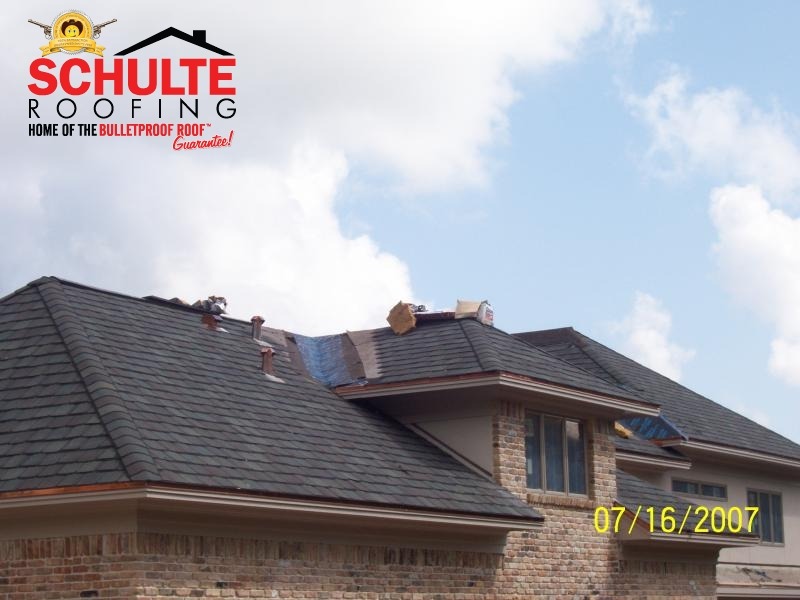 Maintenance is a vital factor in order for a roof to last for a long time. It is also important to be concerned if the material used contains asbestos. According to roofers, taking care of an asbestos roof requires a different approach so that id does not become a health hazard to the residents.
Maintenance is a vital factor in order for a roof to last for a long time. It is also important to be concerned if the material used contains asbestos. According to roofers, taking care of an asbestos roof requires a different approach so that id does not become a health hazard to the residents.
Asbestos is a popular material that has been used to reinforce concrete shingles. It comes in the form of fiber and has a high fire-retardant property which serves as a good reinforcement for concrete. It was a popular additive to various housing materials from the 1920’s to the 1960’s. Due to the discovery of its harmful effects on the human body, usage has been significantly reduced. There are still some homes from the earlier construction times that have roofs that contain asbestos. Toxic exposure is minimal unless working on the roof; however, it is still important to learn how to properly deal with this substance, especially when performing roof maintenance.
Maintenance Importance
Regular maintenance is an important part of keeping a roof in good condition. Normally, asbestos is mixed with concrete to form individual shingles. Regular exposure to various temperatures will eventually weaken the material. Areas that have a great deal of rainfall will also have problems with various types of mold and mildew that thrive on these kinds of shingles. The constant exposure to these elements will eventually weaken the cement and expose the asbestos, which could potentially cause breathing problems.
Maintenance Tips
Shingles made with asbestos are only expected to last for 30 years; however, there are many that have lasted as long as 50 years and are still in good condition. It should be remembered that the danger arises once the cement layer starts to disintegrate and the asbestos fibers surface. To prevent exposure to this harmful material, consideration should be given to sealing the shingles with a proprietary sealer.
Applying a sealant over and under the shingles will encapsulate the fibers and keep the material from disintegrating. Such an approach should only be taken as a precautionary measure if the roof is still in good condition and worth salvaging. If the shingles are already starting to deteriorate and have damage of twenty-five percent or more, total replacement of the roof should be considered.
Sectional replacement may also be done to get rid of brittle portions; however, it is better if this work is done by a contractor who is experienced in handling asbestos as they are well-trained and well- equipped to handle this material.
Additional Tips
- Avoid High Pressure Hosing – Many roofs are cleaned by spraying a high pressure jet stream of water. This method should not be used on an asbestos roof as water has the potential to spray off the protective layer and expose the fibers.
- Avoid Dry Scrapping – Normally, roofs where moss and mildew have formed can be scraped with a stiff-bristled or wire brush for removal. With an asbestos roof, such an approach should be avoided as it could release the fibers. Instead, a soft-bristled brush should be used to gently remove any growth stuck to the roof.
- Keep Shingles Wet When Being Worked – The fiber is light enough to be blown away by air. To prevent the spread of fiber while working, the shingles should be kept wet so the asbestos does not escape.
- Wear Protective Clothing and Masks – This material is a known carcinogen, so direct contact with the skin or eyes as well as inhalation should be avoided. Protective clothing, a mask, and eye protection should be worn when working to prevent exposure.
Although asbestos is known for its fire retardant capacity, it also poses serious health risks, particularly if not properly handled. If asbestos is discovered as part of a roofing system. Seeking the help of an experienced roofer who has worked with asbestos is the best thing to do!
Do you need a roofer Houston to work on your roof? The expert team at Schulte Roofing of Navasota services the greater Houston area and are ready to help with your roofing needs!
